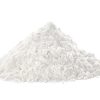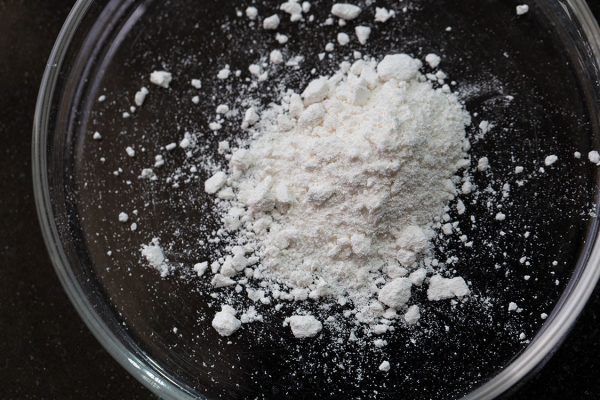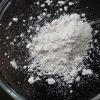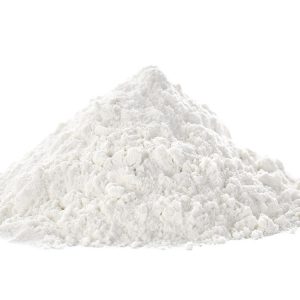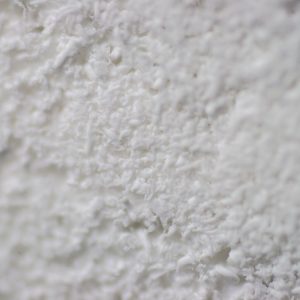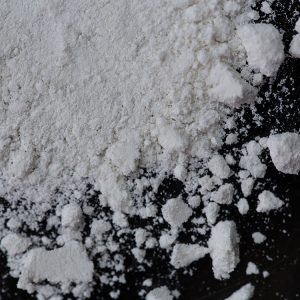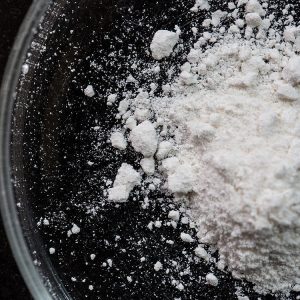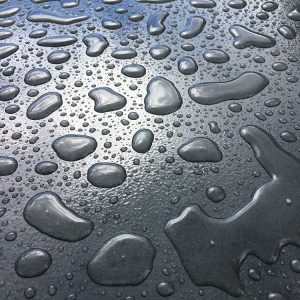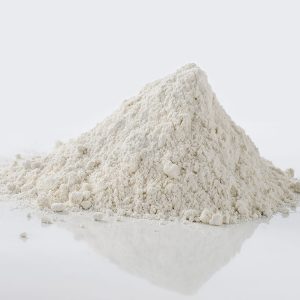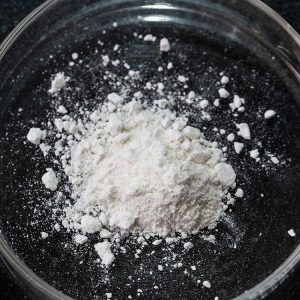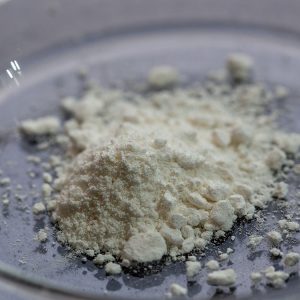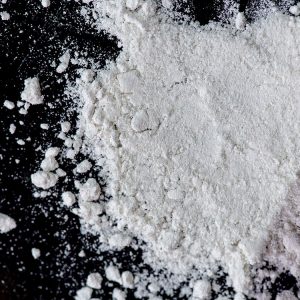Product description
VINNAPAS® 8034 H is a flexible dispersible polymer powder based on vinyl chloride, ethylene and vinyl laurate with strong hydrophobic effect and good workability.
Properties
VINNAPAS® 8034 H is a hydrophobic, terpolymer powder of ethylene, vinyl laurate and vinyl chloride. It is dispersible in water. VINNAPAS® 8034 H performs as binder and hydrophobizing agent. When blended with inorganic binders, the resin will provide improved adhesion, flexural strength, deformability and abrasion resistance and are easier to process. Due to the hydrophobizing resin’s special composition and production method, compounds modified with VINNAPAS® 8034 H will have extensive and lasting water repellency on alkaline building materials and significantly reduced water absorption.
VINNAPAS® 8034 H contains a fine mineral filler as an antiblocking agent. It is produced without the use of organic solvents, plasticizers and film-forming agents.
Special features
VINNAPAS® 8034 H is highly hydrophobizing, has no effect on rheological properties and is a hydrophobizing powder in the lower Tg range. It is suitable for formulating compounds that must exhibit good very good water repellency. Optimum water repellency is obtained at a pH > 7.5.
Application
For typical application fields of VINNAPAS® 8034 H, refer to the following application table. Please discuss additional applications with your WACKER customer representative.
Processing
For the production of ready-mixed dry mortars, such as adhesives and patching compounds, blend VINNAPAS® 8034 H with the other dry ingredients in appropriate equipment. Temperatures should not be allowed to rise excessively during mixing because otherwise the dispersible polymer powder could agglomerate by virtue of its thermoplastic properties.
The mortar is prepared for use by adding the recommended amount of water and mixing mechanically or by hand. Since hand mixing generates little shear force, we recommend allowing the fresh mortar to slake for 5 minutes and then stirring it again. This is usually unnecessary where mechanical mixers are employed.

